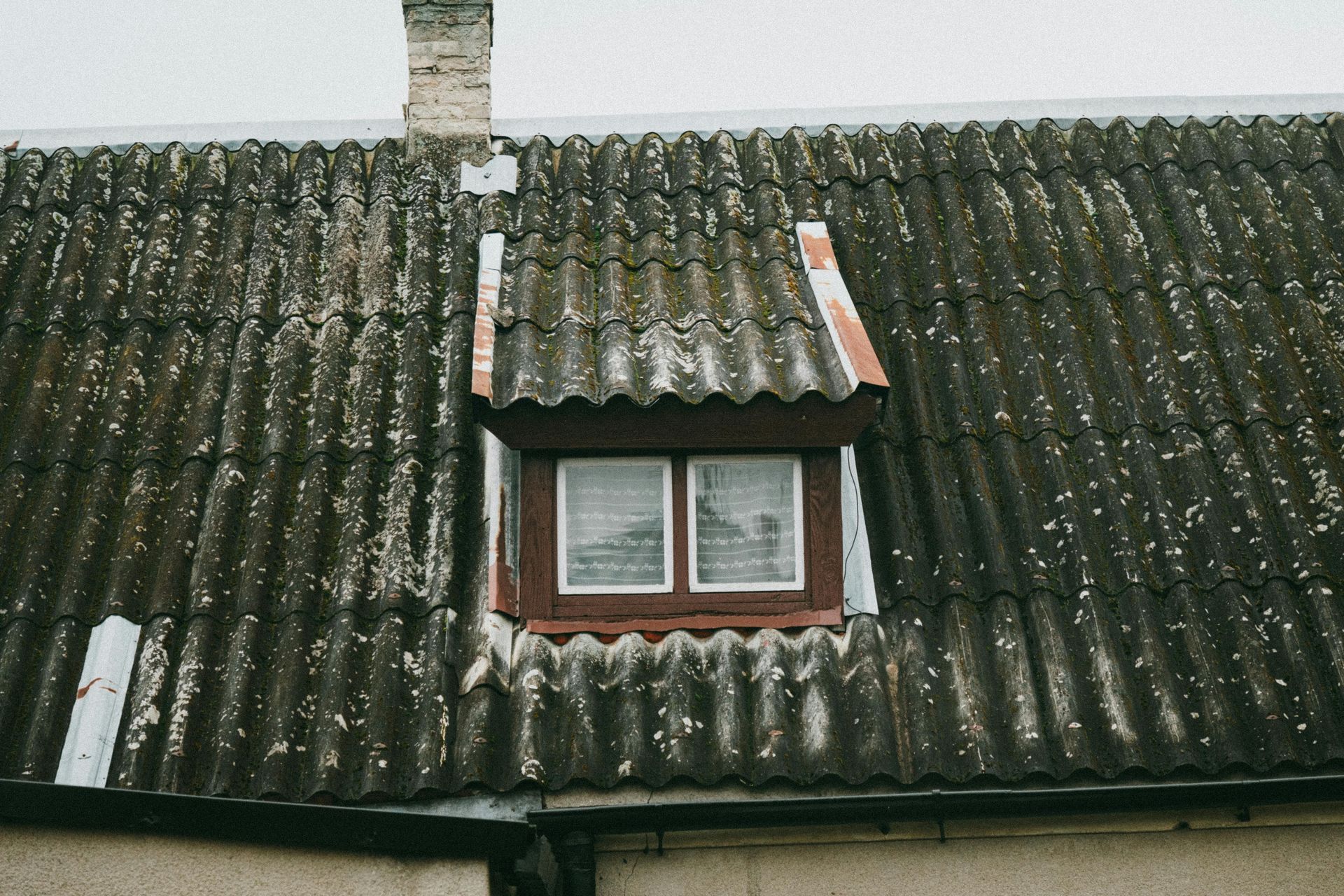Does A Lighter-Coloured Flat Roof Have Greater Longevity?
When many people think of flat roof materials, they tend to think of a darker colour, primarily because a lot of EPDM rubber membranes tend to be made.
As with most synthetic roofing materials, however, EPDM can be found in practically any colour, and indeed many
flat roof specialists are noticing a trend in demand for roofing materials in lighter colours.
Whilst part of this is an aesthetic choice, given that a lot of both residential and commercial buildings with flat roofs tend to have white or lighter-coloured cladding, there is also a practical reason to opt for a whiter shade of flat roof.
Flat roofs are inherently going to be exposed to the sun, and how much of that solar energy is either absorbed or reflected depends on the colour of the roof itself. Some “ultra-white” paints can reflect as much as 98 per cent of sunlight.
The implications of this are substantial and provide considerable benefits for your building, your roof, your accounts and your planet.
Any solar heat not reflected is absorbed, which increases the overall temperature of the building. Depending on how it is constructed and insulated, the consequences can range from merely annoying and expensive to potentially ruinous for some industrial processes.
Reflective paints reduce the overall heat of the building, which then helps to improve the life expectancy of the roof itself.
There are several environmental factors that affect the life expectancy of a roof membrane, but reducing the level of thermal stress it is put under can have a significant effect on how long it survives and avoids cracking due to expansion.
Aside from lower repair bills, a cool flat roof also reduces electric power demand. Air conditioning systems do not need to work as hard and they can reduce electric power demand by as much as a tenth, which results in significant savings.
Finally, reflecting solar energy helps reduce air pollution, greenhouse gases and climate change, which on a macro level further increases its benefit.










